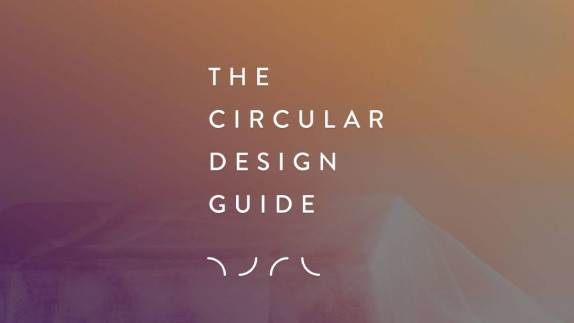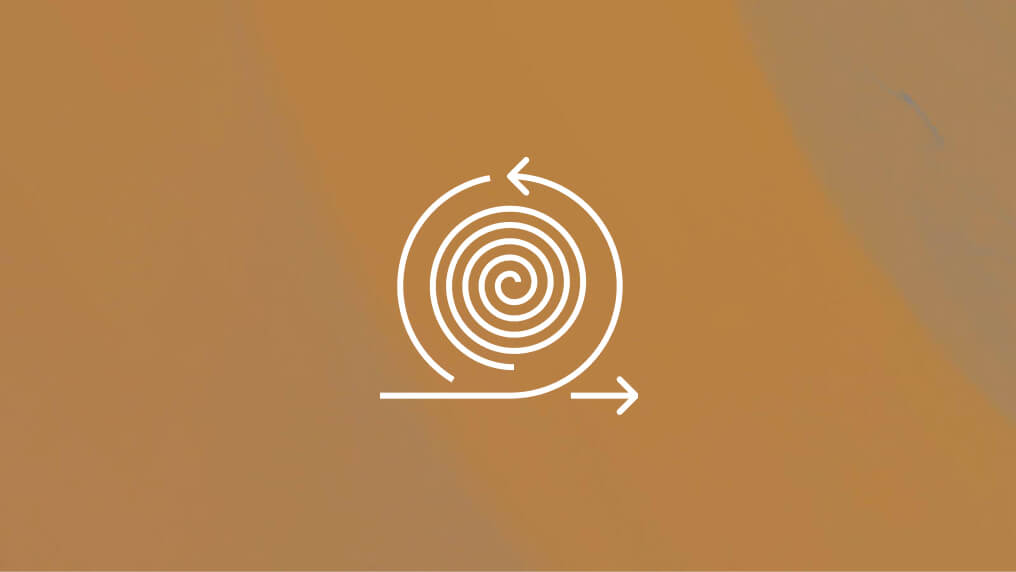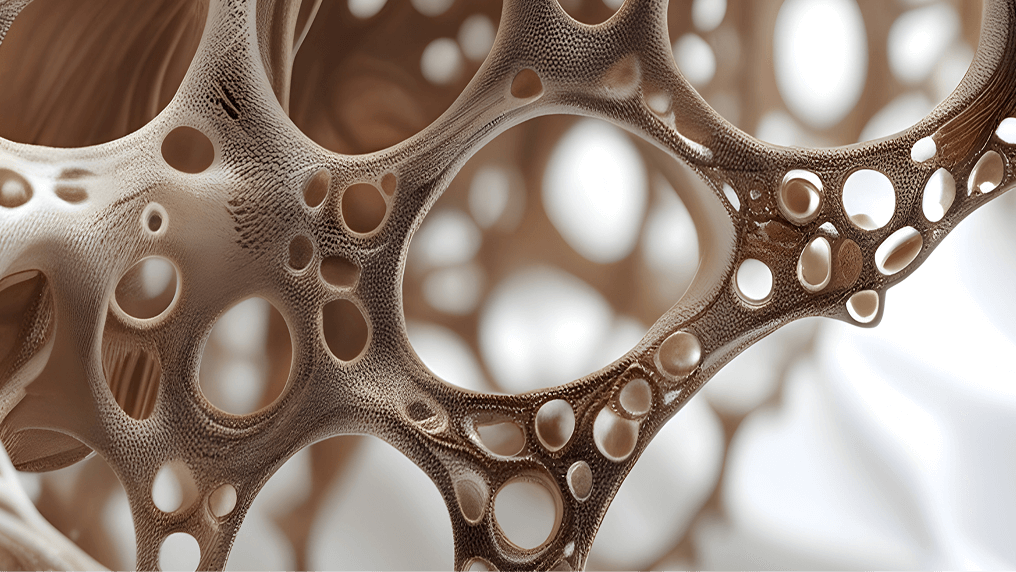Learn to make smart material choices by asking the right questions. These steps will help you make better choices about what materials go into your products as well as their impact on the wider system.
Materials play an essential role in a circular economycircular economyA systems solution framework that tackles global challenges like climate change, biodiversity loss, waste, and pollution. It is based on three principles, driven by design: eliminate waste and pollution, circulate products and materials (at their highest value), and regenerate nature., so we need them to be made of safe ingredients that can be continuously cycled. By designing products with materials that come from, and safely flow, into their respective nutrient cycles, you can be part of creating an optimised materials economy that eliminates the concept of waste. So let’s get materials savvy!
Steps
Step 1
Consider what parts your product is made of (tags, zipper, basic fabric, buttons, etc.) Here’s an example of a product and the mapping of its parts:
Step 2
Now, let’s look at the individual parts. Download the Smart Material Choices worksheet, and create a list of the raw materials and components required to build or manufacture your product.
Step 3
Using the decision tree in the worksheet, see if you can estimate the value of what goes into your product and how smart your material choices are.
Step 4
If any material(s) are not yet fit for the circular economy, ask yourself: “What would be better alternatives?” “Is it possible to meet the user need without wasteful materials?” For examples of materials that have been assessed for material health, material reutilisation, renewable energyrenewable energyEnergy derived from resources that are not depleted on timescales relevant to the economy, i.e. not geological timescales., water stewardship, and social fairness see the Cradle to Cradle Certified™ Materials for Designers resource.
Step 5
If you’d like to go next level and learn more about materials we have a few suggestions for you:
EU REACH Regulation provides a list of substances of very high concern
The Cradle to Cradle Banned List provides a list of known hazardous materials so that you can avoid these from the beginning

Circular Design Guide
This page is part of the Circular Design Guide. Get an overview of the project, or dive straight into our activities to help you understand, define, make, and release circular innovations.







